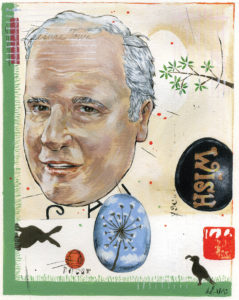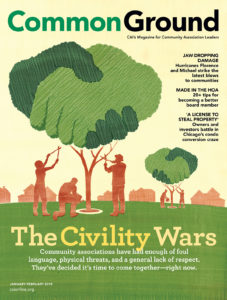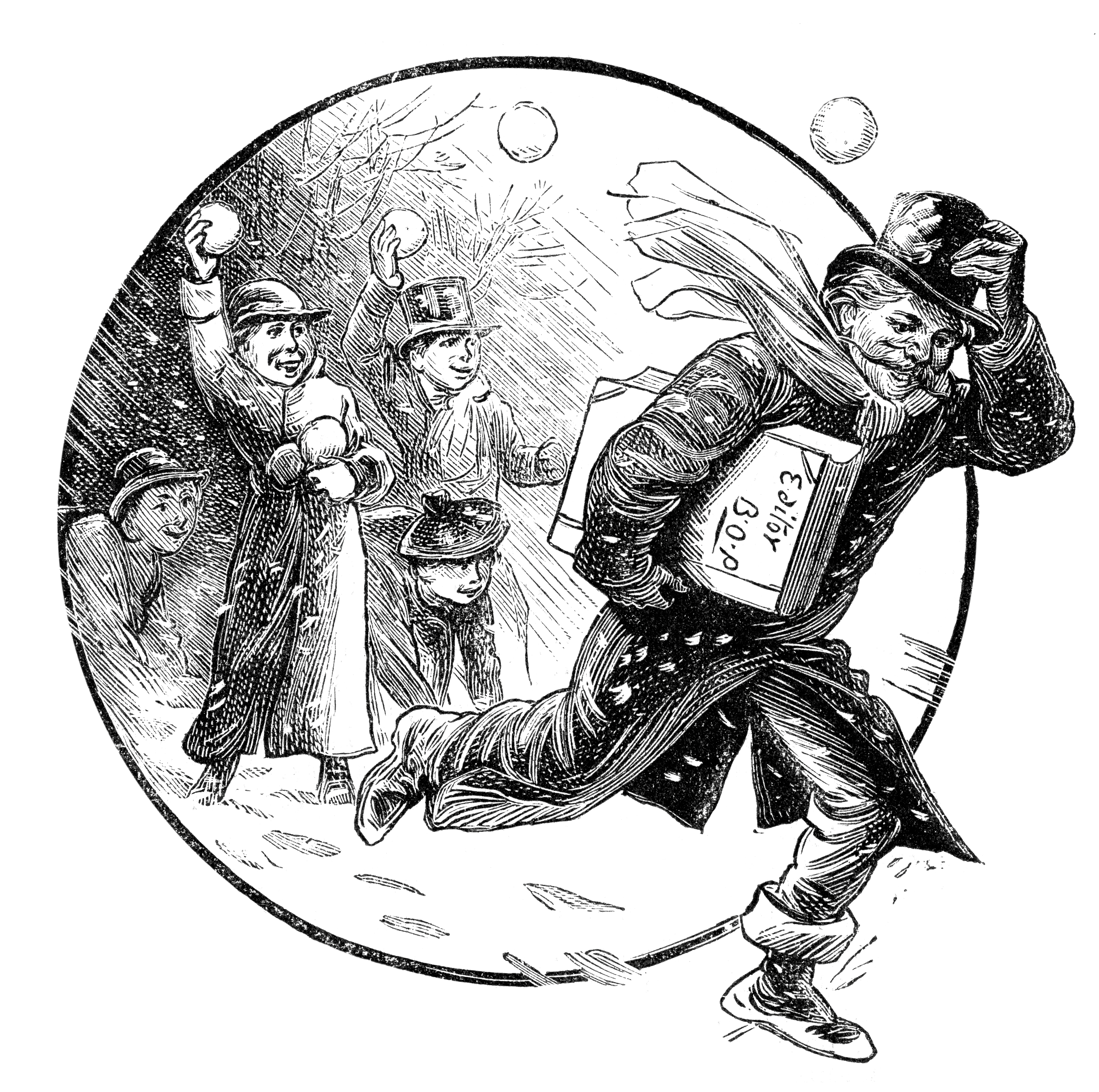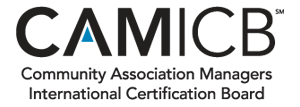Do you know what happens to your company once you’re no longer able to work? Have you determined who will take charge after you’re gone? For any business today, the importance of having a succession plan is critical for a company’s long-term success.
Succession planning involves creating an arrangement for someone to either own or run your business after you retire, become disabled, or die.
The need for a strategic succession plan was the leading topic discussed by more than 200 community association management company CEOs and executives at the 2019 CEO-MC Retreat hosted by the Community Associations Institute (CAI) in La Quinta, Calif.
As the growing industry is witnessing a changing of the guard, its pioneers—those who spent the past 40 years building thriving management companies and businesses that support community associations—are looking for ways to successfully pass the torch to the next generation of leaders.
Today, there are more than 7,000 community association management companies and nearly 55,000 community association managers, according to the Foundation for Community Association Research’s 2018-2019 National and State Statistical Review for Community Association Data. Acquiring the next generation of talent to manage and lead these companies is no easy task.
When asked if their company has a succession plan, more than half (54%) of the CEO-MC Retreat attendees reported that their firm does; 43% do not.
CAI President Cat Carmichael, CMCA, PCAM, challenges executives to avoid the expectation that a family member will be the one to step up and lead the business in the event of an absence, a dangerous assumption many business owners share today. Carmichael added that it’s essential to think of current employees and the value they bring to the company’s future.
“Developing succession plans helps to ensure business continuity if and when an executive or a key employee leaves. Every business should be thinking about its ‘transferable value’—that’s the value of the company when the executive no longer works in it full-time,†says Carmichael. “Elevating current staff value will not only add business value because of the quality and reliability of the workforce, but it will assure that monthly recurring revenue continues.â€
Carmichael adds that there’s no better time than the present to deal with the unexpected and protect the businesses that have been built over the decades. A strategic succession plan will ensure the company’s culture is maintained and reduces stress on staff during the transition. It also means the company retains knowledge, history, and business relationships.
Learn more about building a succession plan from the Small Business Administration.
The post Passing the torch: Why succession planning is essential for community association professionals appeared first on Ungated: Community Associations Institute Blog.










